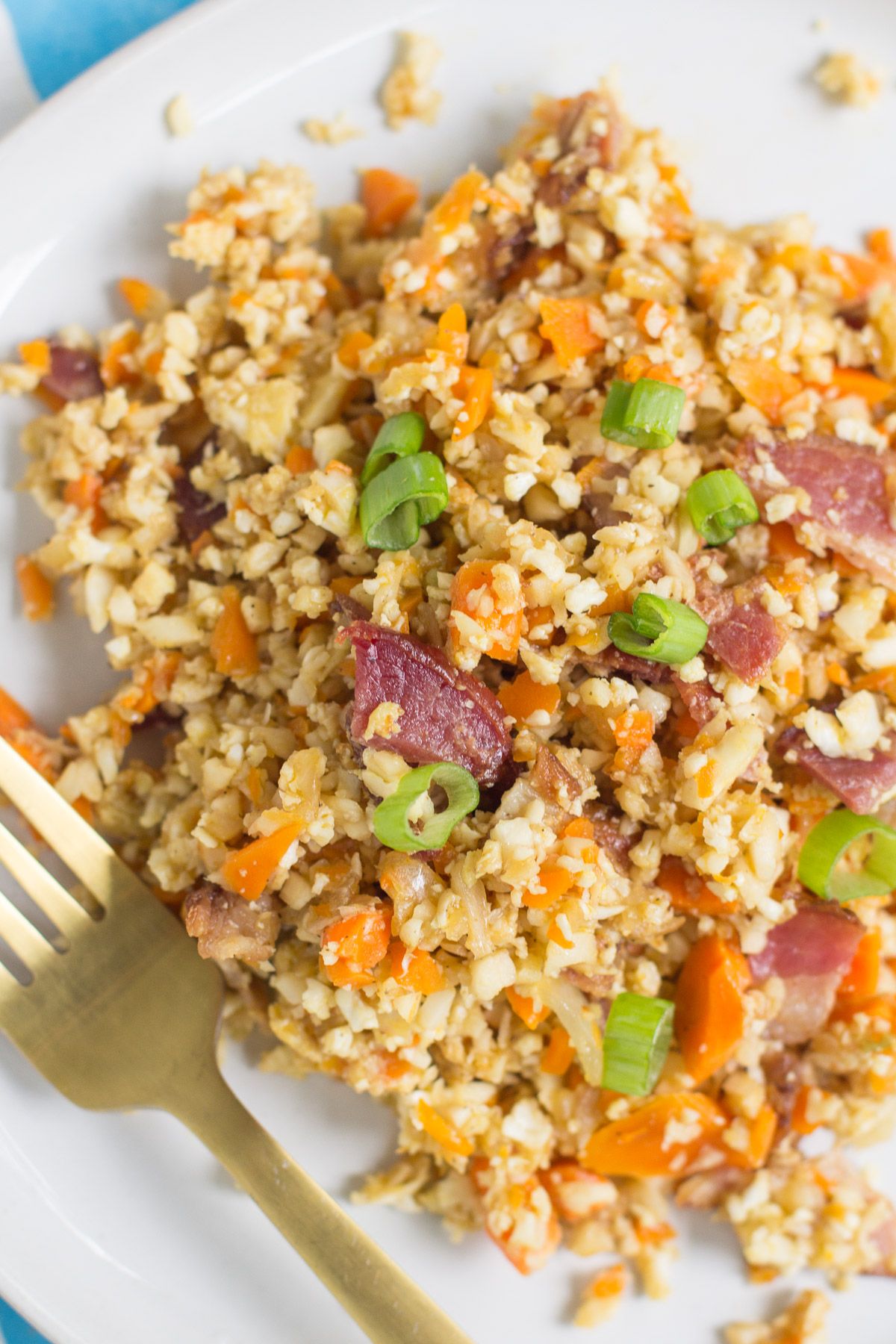Understanding the Paleo Diet
The Paleo diet is founded on the principle of eating foods that our hunter-gatherer ancestors would have consumed during the Paleolithic era, before the advent of agriculture. Advocates of the Paleo diet argue that our bodies are better adapted to the types of foods that were available to our ancestors, and that modern agricultural practices have led to the proliferation of processed foods that contribute to chronic diseases such as obesity, diabetes, and heart disease.
Origins of Rice
Rice is one of the oldest cultivated grains, with a history dating back thousands of years. It is believed to have originated in Asia, where it has been a dietary staple for centuries. Today, rice is consumed worldwide and is a primary source of nutrition for billions of people.
Is Rice Paleo-Friendly?
The Paleo diet excludes grains, legumes, and dairy products, which are believed to have been introduced into the human diet after the advent of agriculture. Since rice is a grain, it is typically not considered Paleo-friendly according to strict Paleo guidelines.
Nutritional Value of Rice
Rice is a starchy grain that provides a significant source of carbohydrates, primarily in the form of starch. It is relatively low in fat and protein but contains small amounts of vitamins and minerals, including B vitamins, manganese, and magnesium. The nutritional profile of rice varies depending on the type of rice and how it is processed.
Types of Rice
White Rice
White rice is the most commonly consumed type of rice worldwide. It is processed to remove the bran and germ, resulting in a polished, white grain. While white rice is lower in fiber and nutrients compared to other types of rice, it is often favored for its mild flavor and soft texture.
Brown Rice
Brown rice is less processed than white rice and retains the bran and germ, making it higher in fiber and nutrients such as vitamins, minerals, and antioxidants. It has a nuttier flavor and chewier texture compared to white rice.
Wild Rice
Wild rice is not technically a rice but rather the seed of a type of aquatic grass. It is higher in protein and fiber compared to other types of rice and has a distinct flavor and texture.
Potential Health Benefits of Rice
While rice is not considered Paleo-friendly, it can still be part of a balanced diet for individuals who tolerate grains well. Some potential health benefits of rice include:
Energy Source
Rice is a high-carbohydrate food that provides a quick source of energy, making it ideal for athletes and active individuals.
Gut Health
Brown rice and wild rice are high in fiber, which can promote digestive health and regularity by supporting the growth of beneficial bacteria in the gut.
Blood Sugar Control
Brown rice has a lower glycemic index compared to white rice, meaning it causes a slower and more gradual increase in blood sugar levels after consumption. This can help stabilize blood sugar levels and reduce the risk of insulin resistance and type 2 diabetes.
Heart Health
Some studies suggest that consuming whole grains like brown rice may lower the risk of heart disease by reducing cholesterol levels and improving overall heart health.
Risks and Considerations
While rice can be a nutritious part of a balanced diet for many people, there are some considerations to keep in mind:
High Glycemic Index
White rice has a high glycemic index, meaning it can cause a rapid increase in blood sugar levels after consumption. Individuals with diabetes or insulin resistance may need to monitor their intake of white rice and opt for lower glycemic alternatives such as brown rice or wild rice.
Arsenic Contamination
Rice has been found to contain trace amounts of arsenic, a naturally occurring heavy metal that can accumulate in the grain from soil and water. To minimize exposure to arsenic, it’s recommended to choose rice varieties that are lower in arsenic, such as basmati rice or rice grown in regions with lower arsenic levels.
Potential for Food Sensitivities
Some individuals may experience food sensitivities or intolerances to rice, particularly if they have a sensitivity to gluten or other components of grains. It’s important to listen to your body and consult with a healthcare professional if you experience any adverse reactions after consuming rice.
FAQ: Frequently Asked Questions
Can I eat rice on the Paleo diet?
Strict adherents of the Paleo diet typically avoid grains, including rice, due to their agricultural origin. However, some individuals following a more flexible approach to Paleo may include rice occasionally as part of a balanced diet.
Is white rice or brown rice better for you?
Brown rice is generally considered to be more nutritious than white rice since it retains the bran and germ, which contain valuable nutrients such as fiber, vitamins, and minerals. However, white rice may be preferable for individuals with digestive issues or those following a low-fiber diet.
Are there any Paleo-friendly alternatives to rice?
Yes, there are several Paleo-friendly alternatives to rice, including cauliflower rice, broccoli rice, and spiralized vegetables such as zucchini or sweet potato noodles. These options provide a lower-carb alternative to rice while still adding bulk and texture to meals.
Can I eat wild rice on the Paleo diet?
Wild rice, while technically not a true rice, is often considered Paleo-friendly since it is a whole grain and has a nutritional profile similar to other whole grains like brown rice. However, individuals following a strict interpretation of the Paleo diet may choose to avoid wild rice due to its grain-like properties.
Can I eat rice if I have diabetes?
Individuals with diabetes should monitor their carbohydrate intake, including rice, as part of their overall blood sugar management plan. Opting for lower glycemic varieties of rice such as brown rice or wild rice and pairing rice with protein and fiber-rich foods can help minimize blood sugar spikes.
Is rice gluten-free?
Yes, rice is naturally gluten-free, making it a safe option for individuals with celiac disease or gluten sensitivity. However, cross-contamination with gluten-containing grains may occur during processing, so it’s important to choose certified gluten-free rice products if you have a gluten-related disorder.
Is rice a complete protein?
No, rice is not a complete protein, as it lacks certain essential amino acids found in animal proteins. However, combining rice with complementary protein sources such as beans, legumes, tofu, or meat can help create a balanced meal that provides all essential amino acids.
Conclusion
While rice is not considered Paleo-friendly due to its status as a grain, it can still be part of a balanced diet for many individuals, providing a source of carbohydrates, fiber, and essential nutrients. Whether you choose to include rice in your diet or opt for Paleo-friendly alternatives, it’s essential to listen to your body’s needs and preferences and make informed choices that support your health and well-being. By understanding the origins of rice, its nutritional value, and its potential impact on health, you can make informed decisions about whether rice aligns with your dietary goals and preferences.
- Sculptra Surrey – Collagen Stimulation Therapy Near Warlingham, Surrey - May 24, 2025
- Tinkerbell Nose Tip Lift Treatment Near East Clandon, Surrey - May 23, 2025
- Tear Trough Filler Where To Inject - May 22, 2025

